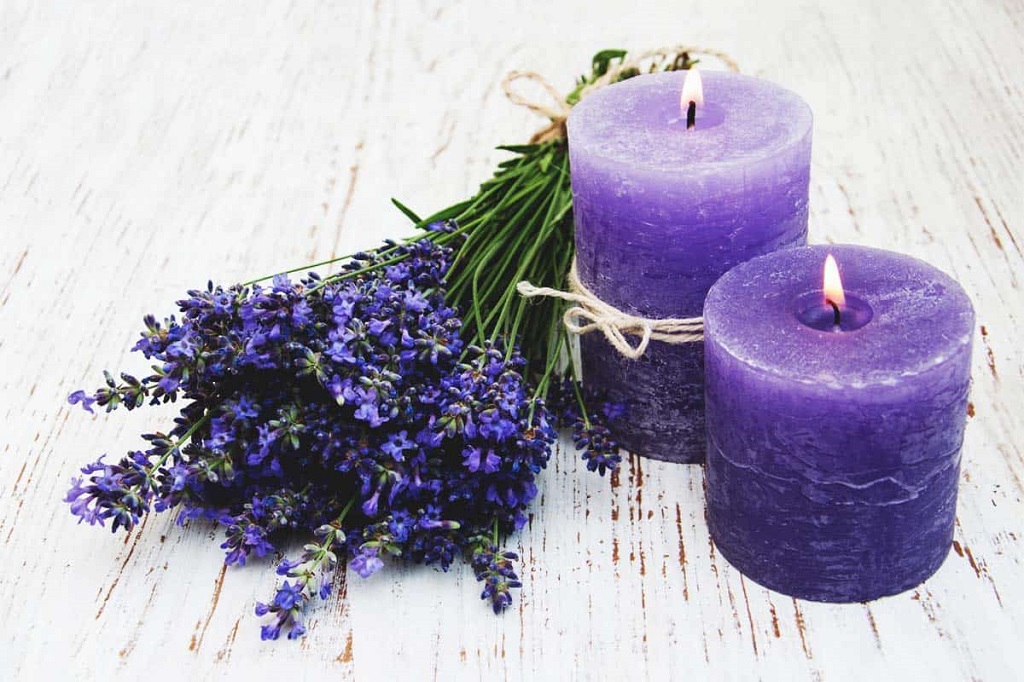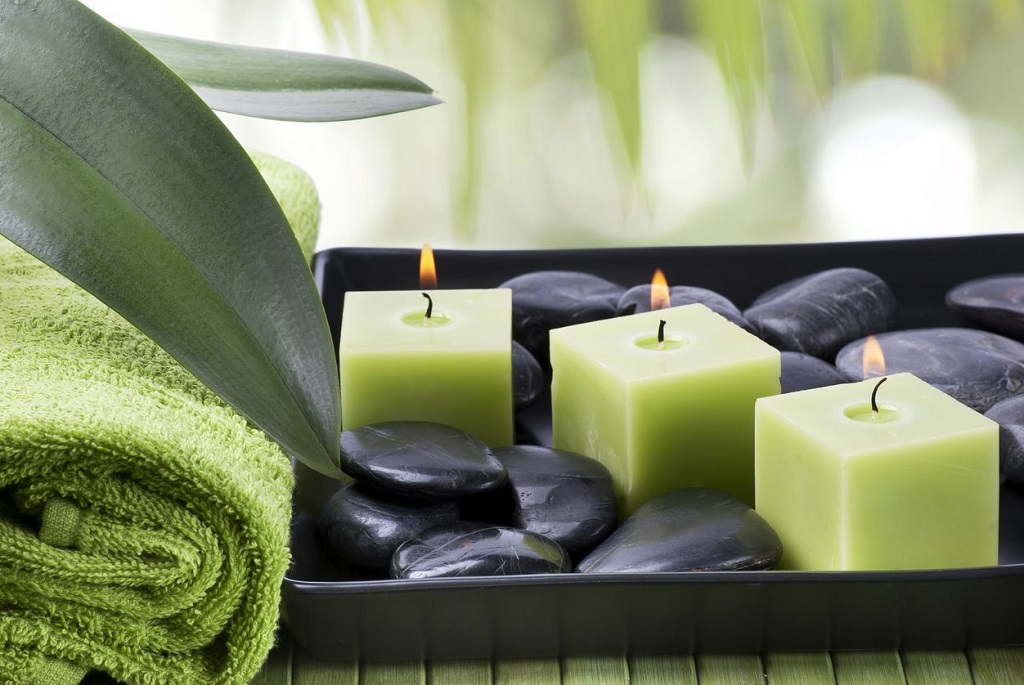The Ultimate Guide to Candles to Reduce Anxiety: Find the Right One for You
Candles have long held a special place in human history, symbolizing various aspects of life, from celebrations to relaxation. In recent years, their therapeutic potential has gained widespread recognition. The warm glow and soothing scents of candles can work wonders for alleviating anxiety and stress. In this ultimate guide, we will explore how candles to reduce anxiety can be a powerful tool.
Understanding Anxiety and Its Triggers
Before we dive into the world of candles and aromatherapy, let’s understand anxiety. Anxiety is a complex state characterized by worry, fear, and nervousness. It can manifest differently in individuals and can range from mild to severe.
Anxiety stems from various sources, such as work-related stress, financial concerns, or personal relationships. Identifying these triggers is essential to managing anxiety effectively.
Sensory experiences play a significant role in our emotional well-being. The sights, sounds, and scents can exacerbate anxiety or provide much-needed relief.
Aromatherapy and Anxiety Relief
Aromatherapy is a holistic healing practice that uses natural plant extracts, essential oils, to promote physical and emotional well-being. These essential oils are often used in conjunction with candles.
Aromatherapy has been shown to reduce anxiety by stimulating the olfactory system, which is linked to the brain’s emotional center. When inhaled, certain scents can trigger relaxation and calmness.
Science supports the connection between scents and mood. Different fragrances can activate specific areas of the brain, influencing emotions and behavior.
Choosing the Right Candle
Not all candles are created equal. There are various types of candles, each with its unique properties and benefits for anxiety relief.
To reap the full benefits of candle therapy, investing in high-quality candles made from natural materials is crucial.
While scented candles are popular for aromatherapy, fragrance-free candles can also serve a purpose, especially for those with scent sensitivities.
The Science of Scents
Understanding how our sense of smell functions helps us appreciate why certain scents can effectively reduce anxiety.
The limbic system, a part of the brain, plays a pivotal role in processing emotions and memories, making it a key player in connecting scents and mood.
When choosing scented candles for anxiety relief, it’s essential to distinguish between those infused with essential oils and those containing synthetic fragrances. Essential oils tend to provide more therapeutic benefits.
Popular Candles to Reduce Anxiety
Sure, here are some popular candles that can help reduce anxiety:
- Lavender: Lavender is one of the most well-known essential oils for anxiety relief. It has a calming and relaxing scent that can help to soothe the mind and body. Lavender candles are a great way to add this beneficial scent to your home.
- Chamomile: Chamomile is another flower that is known for its calming properties. It has a sweet, floral scent that can help to promote relaxation and reduce anxiety. Chamomile candles are a good choice for people who find lavender too strong.
- Ylang-ylang: Ylang-ylang is a tropical flower with a sweet, fruity scent. It is known to promote feelings of happiness and relaxation. Ylang-ylang candles can be helpful for people who are feeling stressed or anxious.
- Frankincense: Frankincense is a resin used for centuries for its medicinal properties. It has a warm, woody scent that can help to reduce anxiety and promote feelings of peace. Frankincense candles are a good choice for people looking for a more grounding scent.
- Sandalwood: Sandalwood is a wood that has a warm, musky scent. It is known to promote relaxation and reduce stress. Sandalwood candles can be helpful for people who are feeling overwhelmed or anxious.
These are just a few candles that can help reduce anxiety. When choosing a candle, it is important to consider your personal preferences and what scents you find most relaxing. You may also want to consider the size and fragrance throw of the candle, as well as the price.
Customizing Your Scent Experience
Experimenting with scent combinations allows you to create a personalized aroma that caters to your specific needs.
Control the strength of the scent by choosing candles with different fragrance concentrations.
Candles can help set the perfect ambiance for relaxation, whether you want to unwind or energize.
Candle Safety and Precautions
By following these safety tips, you can help prevent candle fires and enjoy the benefits of candles safely. Here are they:
- Always keep a burning candle within sight. Never leave a burning candle unattended, especially if children or pets are in the home.
- Extinguish all candles when leaving a room or before going to bed. This is especially important for candles in bedrooms or other areas where people may fall asleep.
- Never burn a candle on or near anything that can catch fire. This includes furniture, curtains, bedding, carpets, books, paper, and flammable decorations.
- Keep candles out of the reach of children and pets. Children and pets are curious and may knock over a candle, causing a fire.
- Trim the wick to ¼ inch before each use. A long wick can cause the candle to smoke and produce a larger flame, increasing the fire risk.
- Place candles on a sturdy, level surface. This will help prevent the candle from tipping over.
- Avoid placing candles in areas with drafts. Drafts can cause the candle to flicker and smoke, increasing the fire risk.
- Never burn a candle all the way down. When there is only 1/2 inch of wax left, extinguish the candle.
- Extinguish a candle if the flame becomes too high or flickers repeatedly. This could indicate a problem, such as a draft or a defective wick.
- Use a candle snuffer or a lid to extinguish a candle. Blowing out a candle can send hot wax flying.
- Dispose of candle wax properly. Wax can be melted down and reused, or it can be thrown away in the trash.
Create the Ideal Environment
Candlelight can create a warm, cozy atmosphere that is conducive to relaxation. Follow tips on how to create the ideal environment for candlelight relaxation:
- Choose the right candles. Not all candles are created equal when it comes to relaxation. Look for candles made with natural waxes and essential oils. Avoid candles with artificial fragrances, as these can be stimulating rather than relaxing.
- Set the mood. Dim the lights and create a soft, calming atmosphere. You can use candles, lamps, or even string lights.
- Add some music. Soothing music can help to relax your mind and body further. Choose music that you find calming and peaceful.
- Get comfortable. Find a comfortable place to sit or lie where you won’t be disturbed. Wear a cozy blanket or robe to make yourself even more comfortable.
- Take some deep breaths. Deep breathing is a great way to relax your body and mind. Close your eyes and focus on your breath as you inhale slowly and deeply exhale.
- Meditate or visualize. Meditation and visualization are other great ways to relax and de-stress. There are many different types of meditation and visualization, so find one that works for you.
- Just be present. Sometimes the best way to relax is to be present in the moment and enjoy peace and tranquility.
Incorporate Candles into Your Routine
Here are some ideas on how to incorporate candles into your routine:
Morning Rituals
- Light a candle in your bedroom or bathroom as you wake up. The candlelight’s soft glow can help create a relaxing and peaceful atmosphere.
- Choose an energizing and uplifting scent, such as citrus, peppermint, or lavender.
- Take a few minutes to meditate or do light stretching while the candle burns.
- This will help to set a positive tone for your day and reduce morning anxiety.
Evening Relaxation Practices
- Light a candle in your living room or bedroom before bed. The candle’s flickering light can help create a calming and relaxing atmosphere.
- Choose a relaxing and soothing scent, such as chamomile, vanilla, or sandalwood.
- Read a book, take a bath, or listen to calming music while the candle burns.
- This will help you to wind down and relax before bed.
Special Occasions and Events
- Candles can create a festive atmosphere for special occasions and events, such as birthdays, weddings, and holidays.
- Choose candles that match the theme of the event. For example, you might use red candles for a romantic dinner or white candles for a wedding.
- Place candles around the room to create a warm and inviting glow.
- You can also use candles to set the mood for a particular activity, such as aromatherapy or massage.
DIY Candle Making for Anxiety
Supplies and Tools
- Soy wax (or another natural wax)
- Essential oils for anxiety relief (lavender, chamomile, ylang-ylang, etc.)
- Candle wicks
- Candle molds
- Candle thermometer
- Double boiler or heatproof bowl
- Spoon
- Candle dye (optional)
- Containers for finished candles
- Wick centering device (optional)
Step-by-Step Candle Making Process
- Prepare your candle molds. Make sure they are clean and dry. If you use a glass jar, add a wick-centering device to help keep the wick centered.
- Melt the wax. Place the soy wax in a double boiler or heatproof bowl over a pot of simmering water. Stir occasionally until the wax is melted and smooth.
- Add the essential oils. Once the wax is melted, add the essential oils of your choice. Start with a few drops and add more to taste.
- Pour the wax into the molds. Carefully pour the melted wax into the prepared molds. Leave about 1/2 inch of space at the top of the mold.
- Let the candles cool and harden. Allow the candles to cool and harden completely before removing them from the molds. This can take anywhere from 24 to 48 hours.
- Trim the wicks. Once the candles are hard, trim the wicks to about 1/4 inch.
Customizing Scents for Your Needs
When choosing essential oils for your anxiety-relief candles, there are a few things to keep in mind. First, you want to choose oils that have calming and relaxing properties. Some good options include lavender, chamomile, ylang-ylang, and bergamot. You can also experiment with different combinations of oils to find the one that works best for you.
It is also important to consider the strength of your essential oils. Some oils are more potent than others, so you may want to start with a few drops and add more to taste. If you are new to using essential oils, it is always best to err on the side of caution and start with a small amount.
Conclusion
Candle therapy offers a transformative power that can help you take control of your anxiety through scents. By understanding the science behind aromatherapy and choosing the right candles to reduce anxiety, you can embark on a more relaxed and peaceful life.
FAQs
- Are scented candles safe for people with allergies or sensitivities?
Scented candles can trigger allergies or sensitivities in some individuals. It’s advisable to opt for fragrance-free candles or conduct a patch test before using scented candles extensively.
- How long should I burn an anxiety-relief candle for optimal results?
The ideal burn time for a candle can vary depending on its size and type. Generally, it’s recommended to burn candles for 1-3 hours at a time to prevent overheating and ensure even melting.
- Can candle therapy replace traditional anxiety treatments?
Candle therapy can be a valuable complement to traditional anxiety treatments but should not replace medical or psychological interventions when needed.
- Are there any specific scents to avoid if I have a particular type of anxiety?
Certain scents may be more suitable for specific types of anxiety. For personalized recommendations, consult with an aromatherapist or mental health professional.
- How can I safely extinguish a candle without causing smoke or soot?
Use a snuffer or gently blow it out to extinguish a candle without smoke or soot. Avoid blowing forcefully, as this can cause smoke.















